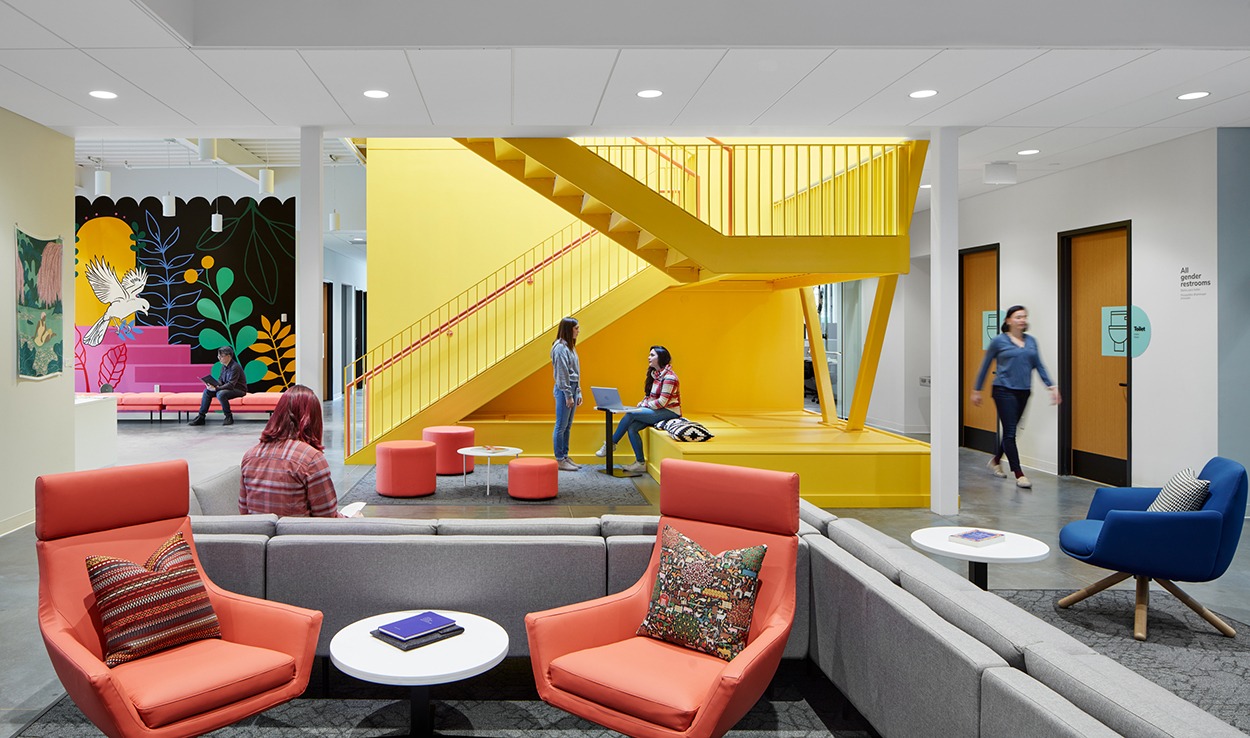
In late January, I thought much of the concern about Covid-19 was exaggerated. After all, far more people in the U.S. die of healthcare-acquired infections every year than the reported cases at that time.
Was I wrong?
Worldwide, the number of deaths has still not surpassed the estimated 73,000 people who die of healthcare-acquired infections (HAIs) each year just in the U.S. Likely, it will, though.
The rapid spread of the virus is very different than a 12-month tally of HAIs. If not slowed, Covid-19 will overwhelm our healthcare system and use up all our resources.
A More Serious Threat
That's why many of us have been ordered to shelter at home, and even quarantine if we think we've been exposed. As I publish this, my husband and I are on Day 12 of self-quarantine because we returned from a 15-day trip to Egypt to a customs nightmare at O'Hare airport March 14 on the first day of the travel ban.
Because Covid-19 impacts almost every person on earth and has the potential to crash healthcare systems in many countries, right now it is more a serious threat than HAIs.
Governments and hospitals around the world have taken steps to increase bed capacity, cancelling elective surgeries. They are also deploying hotels, field hospitals, and floating hospitals. Some are even constructing fast-track hospital-type buildings.
This is all well and good.
How the Healthcare Design Industry Can Respond
But how can the healthcare planning, design, and construction industry respond to avoid similar problems when another contagious virus comes along? Because there's a lot of project work in the pipeline right now.
Here are three ideas that I've come across this week:
1. Plan for surge capacity
Design normal patient rooms and surgical suites so that they can be flexible to increase capacity and isolation during a pandemic or easily be converted to ICU beds. Think about how non-clinical spaces or former bed towers could also accommodate patients if needed.
Re-design emergency departments (ED) utilizing interchangeable containers for patient arrival spaces and docking stations for the modules on exterior walls.
2. Re-think waiting spaces
Very few healthcare facilities are designed for social distancing. And yet, people waiting side-by-side is a big part of what occurs in hospital EDs, ambulatory care centers, outpatient clinics, doctor's offices, etc.
The ED in particular is ripe for design innovation when it comes to waiting. And some design innovation is happening -- things like waiting nooks and waiting pods.
3. Use more technology
Many hospitals are already using UVA technology to disinfect rooms, but this is still evolving. How about using more automation to ward off contagion?
Things like touch-less automatic doors, voice-activated elevators, hands-free light switches and temperature controls, or self-cleaning public bathrooms.
Who's Going to Pay for It?
All this is expensive. Who is going to pay for it?
I like Modern Healthcare columnist Merrill Goozner's idea for the U.S. government to create a grant and loan program modeled on the 1946 Hill-Burton act. Funds would be used to rebuild and remodel existing hospital and outpatient facilities to accommodate surge capacity.
However, I'd expand the bill to include funds for design features and technology that promote infection control. The $2 trillion aid package is expected to be passed by the U.S. Congress and signed by the president today doesn't include any of that, but it is something our government leaders should consider in the near future.
And getting back to HAIs -- I still think this is a serious problem that should be a priority for healthcare leaders around the globe. Unlike Covid-19, HAIs won't subside.
They might decrease, but there isn't a vaccination that will make HAIs go away.
Want More?
For more about the three ideas I mentioned in this post, check out these articles:
"Is There a Silver Lining to Covid-19?" by Sheila Cahnman. Healthcare Design, March 16.
"How the Covid-19 Pandemic Will Change the Built Environment" by Alyssa Giacobbe. Architecture + Design, March 18.
"Help Hospitals Prepare for the Next Pandemic" by Merrill Goozner. Modern Healthcare, March 19.
"Designing Healthcare for Surge Capacity" by Randy Guillot, James Crispino, and Scot Latimer. Gensler's blog.
"Rethinking the ED to Accommodate High-Risk Infectious Patients" by Frank Zilm. Healthcare Design, March 25.
P.S. Please do me a favor -- if you liked this post and like this blog, please share it with others by sending them the link or posting it on your Twitter, LinkedIn, or Facebook. Also, don't forget to subscribe, so you'll get emails when new content is posted. Thanks!
Photo: ID 175451800 © Kjetil Kolbjornsrud | Dreamstime.com






